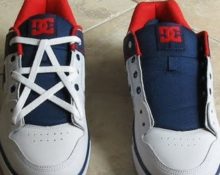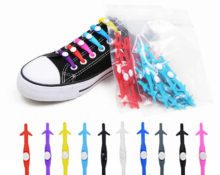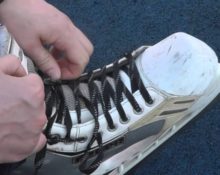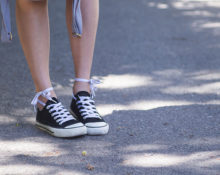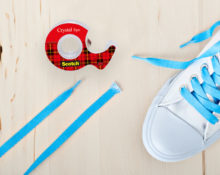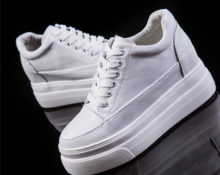Progress does not stand still; various technical innovations constantly enter our lives. Fashion is not left out either. Laces made of durable and elastic silicone are becoming increasingly popular. For now this is the prerogative of young people, but it is possible that they will soon win the recognition of older people, who are generally inclined towards conservatism. So what is this new product?
What are these laces and how to use them?
These are not traditional laces, the image of which comes to mind when mentioned. At its core, this is a set of individual fasteners with which the shoes are fixed on the foot.. They are threaded in the same way through the holes on sneakers or boots, and then secured depending on the preferred type of lacing. When used carefully, they are much more durable than leather or synthetic ones and are more resistant to environmental influences.
They are especially good for children's shoes - it is much easier for a child to use a clasp than to try to learn another way to knit a knot. This is a good alternative to Velcro, which wears out over time and does not stick well. Well, for boys and girls, an unusual and bright appearance will be an additional advantage.
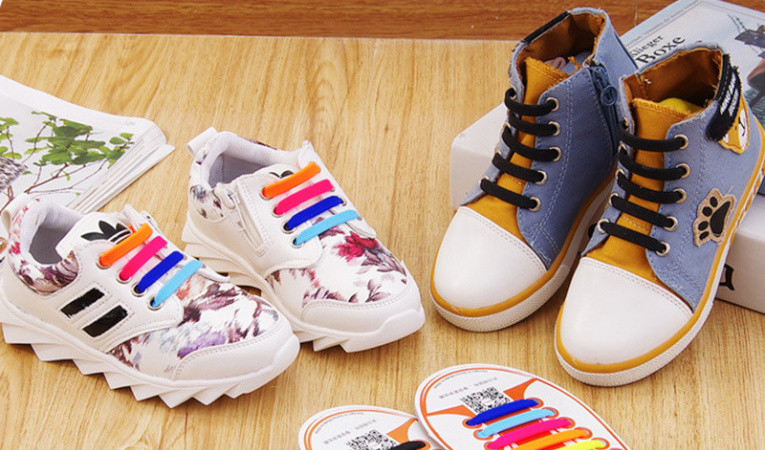
Lacing methods
Before inserting silicone fasteners, All eyelets on shoes should be checked for sharp edges and burrs.. They can damage delicate material. If defects are present, they can be eliminated using a needle file or fine-grain sandpaper.
Traditional lacing
The simplest method that does not require unnecessary clarification. A cord is threaded through a pair of eyelets located opposite each other. There is one fastener for every pair of holes. Similar method allows you to evenly distribute the tightening force throughout the entire instep of the foot. This lacing is recommended as a permanent lacing for every day, but may not be suitable for those who have a non-standard foot shape.

How to tie it tight?
Tighter lacing is suitable for those with narrow feet and low arches, as well as for children. In this case, the laces are inserted crosswise.
Important point! The fasteners of one pair, forming a cross, should be on the same side.
This method not suitable if shoes need to be removed frequently. Constant manipulation of silicone laces quickly leads to their stretching. This method of fastening on the shins is also not recommended - this part of the boots is subject to additional stress when putting on and taking off.
...and very tight
In this case the laces are threaded crosswise, but with one eyelet missing. Four laces form one large cross. In this case, it is recommended to lace the upper and two lower pairs of holes in the classic way. This will reduce the load on the foot and extend the life of the fasteners.The method can be used for children's shoes when the lace itself is quite long. In addition, the leg is fixed more tightly.

Combined method
The method is, as they say, for advanced users. As the name implies, it combines elements of all other types of lacing. Using such combinations, you can adjust the shoes as comfortably as possible and the degree of tightening to the shape and size of the foot. In addition to convenience, this also makes it possible to use fasteners to make the appearance of sneakers or boots unusual and unique.
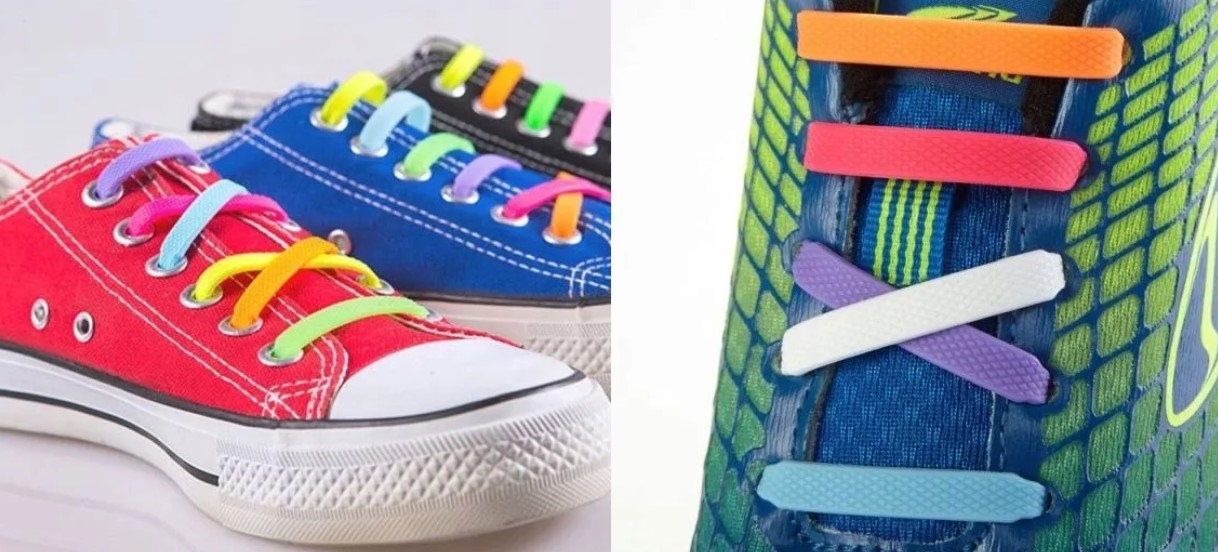
Free tying
An option for those who have a high instep that causes discomfort when pulled tight. Each lace is threaded through two holes on one side of the shoe and fastened on the opposite side.. With this method, the distance between the two eyelets regulates the degree of tightening: the tightest lacing will be obtained when threading the fasteners with a gap of two holes between them.


 0
0